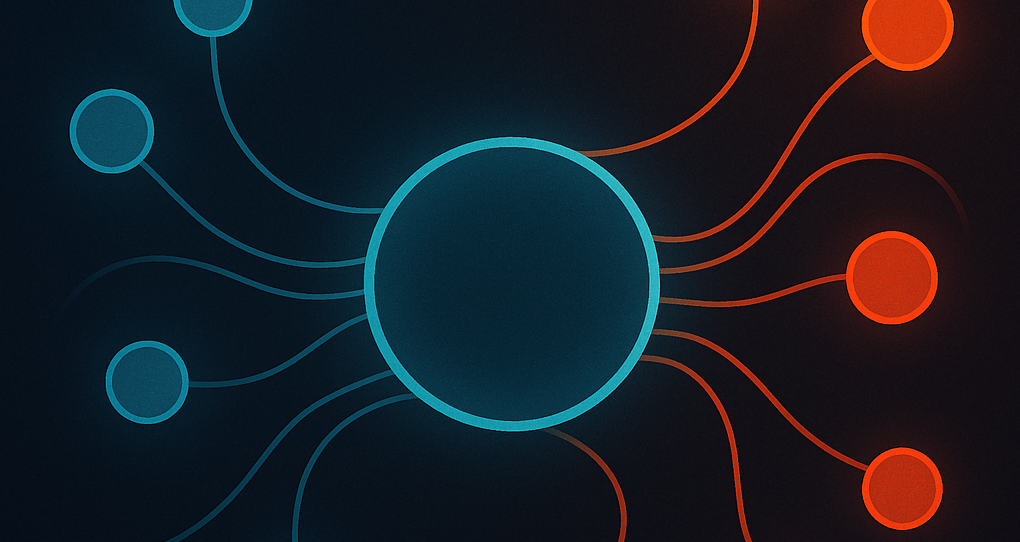Simulating the Living Structure of Organizations

At Boston Agile Labs, we believe that organizations move like living systems. They breathe through rhythm, learn through renewal, and stay alive through coherence. For years we have studied this motion through observation and practice. Now we are modeling it directly, turning the invisible structure of flow into something measurable and alive.
From Insight to Instrument
The patterns that drive performance are no longer hidden inside charts or culture. They can be expressed as structure. Coherence, burden, and cadence form the architecture of every organization’s rhythm. When these remain in proportion, work moves easily. When they fall out of balance, motion turns to friction. Our modeling work makes this balance visible and testable.
How the Model Works
Our simulation creates digital organizations that behave like real ones. Each digital agent represents a person or team, complete with temperament, learning rate, fatigue, and drive. Agents connect through social networks that transmit energy and morale. Teams synchronize or drift, learn or burn out, based on the same patterns we see in real human systems.
The model allows us to study how structure itself produces flow: how coherence spreads through networks, how stress accumulates and releases, and how cadence regulates both creativity and recovery.
Why It Matters
This is not abstract theory. It is a practical way to see organizational health before symptoms appear. When the model runs, it shows how alignment decays if cadence accelerates too quickly, or how renewal restores strength after overload. It gives leaders a new instrument for sensing rhythm and flow across teams, programs, or entire enterprises.
The Human Dimension
We are not building software to replace leadership. We are building a mirror that helps leadership see itself. Behind every variable is something deeply human: trust, fatigue, curiosity, and purpose. The simulation helps reveal how those qualities interact in real systems of work. It brings mathematics and empathy together to make the unseen structure of flow visible.
Looking Ahead
The modeling work at Boston Agile Labs is the foundation for a new class of organizational tools. These tools will allow leaders to measure flow in real time, anticipate constraint before it arrives, and design organizations that renew themselves continuously.
As we prepare to publish the Canon and patent the underlying framework, our goal remains simple: to help organizations stay adaptive, humane, and coherent in an era of rapid transformation.
How We Can Help
At Boston Agile Labs, our coaches specialize in helping organizations translate insight into practice. We combine Lean and Agile principles with modern change management to guide AI transformation in ways that honor humanity, rhythm, and flow. Whether you are rethinking your operating model, leading through digital disruption, or trying to restore balance to a complex system, we can help you find the structural clarity that keeps everything moving together.
Reach out if you would like to see what your organization looks like in flow.